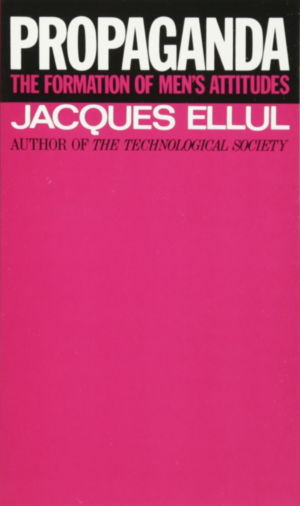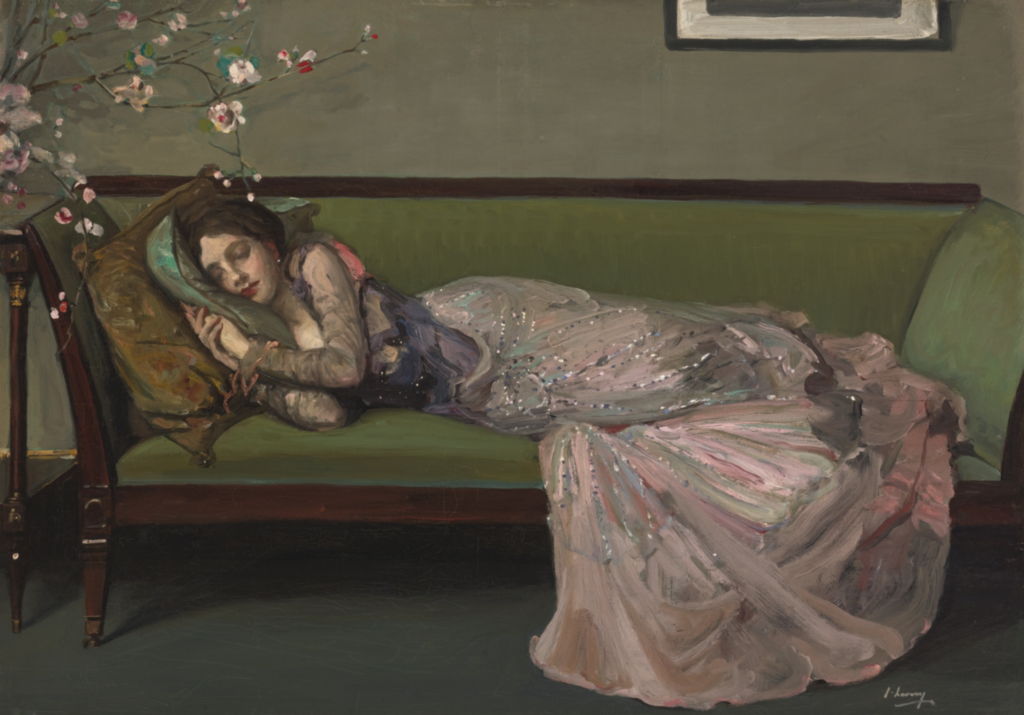“Propaganda” is a term often heard and used, but also often misunderstood and therefore misused.
A systematic and detailed explanation is found in the work of the French  philosopher Jacques Ellul, who precisely lays out the nature and even the variety of propaganda, in his book, Propaganda: The Formation of Men’s Attitudes.
philosopher Jacques Ellul, who precisely lays out the nature and even the variety of propaganda, in his book, Propaganda: The Formation of Men’s Attitudes.
First of all, Ellul gives a broad definition to propaganda, by referring to it as “an enterprise for perverting the significance of events”
In other words, facts when they are written down are rigorously interpreted according to a group’s (or government’s) ideas about its history and its future.
Then, Ellul proceeds to lay out a precise system of categories through which propaganda functions.
These groupings are four in number, namely, political and sociological propaganda, agitation and integration propaganda, vertical and horizontal propaganda, and finally, rational and irrational propaganda.
Political propaganda involves various methods of influence, used by a group (government), to achieve precise goals.
Ellul calls sociological propaganda “persuasion from within,” since it is always expressed by an individual who has thoroughly integrated the political and cultural values and ideologies of his society and who then uses such ideologies to make value judgements which he feels are entirely natural.
Agitation propaganda, as the term suggests, is aggressive and seeks immediate results, aiming to overthrow a government or the traditional order of things.
As such, it is always subversive and antagonistic, and is often used by groups or governments, since its focus is to break down “psychological barriers of habit, belief and judgement.”
Integration propaganda, on the other hand, is “patient,” seeking to stabilize social behavior, and its aim is to produce conformity.
Vertical propaganda flows from the top down, usually from a leader who seeks to influence all those below.
Ellul defines horizontal propaganda as emanating from “inside the group (and not from the top), where in principle, all individuals are equal and there is no leader.”
Rational propaganda is aimed at the intellect, and relies on facts, statistics and economic ideas – however, its aim is to produce irrationality in the individual.
On the opposite end is irrational propaganda which seeks to evoke emotional, fearful or passionate responses.
And it is here that Orwell’s observation makes perfect sense – that “all propaganda is lies, even when one is telling the truth.”
